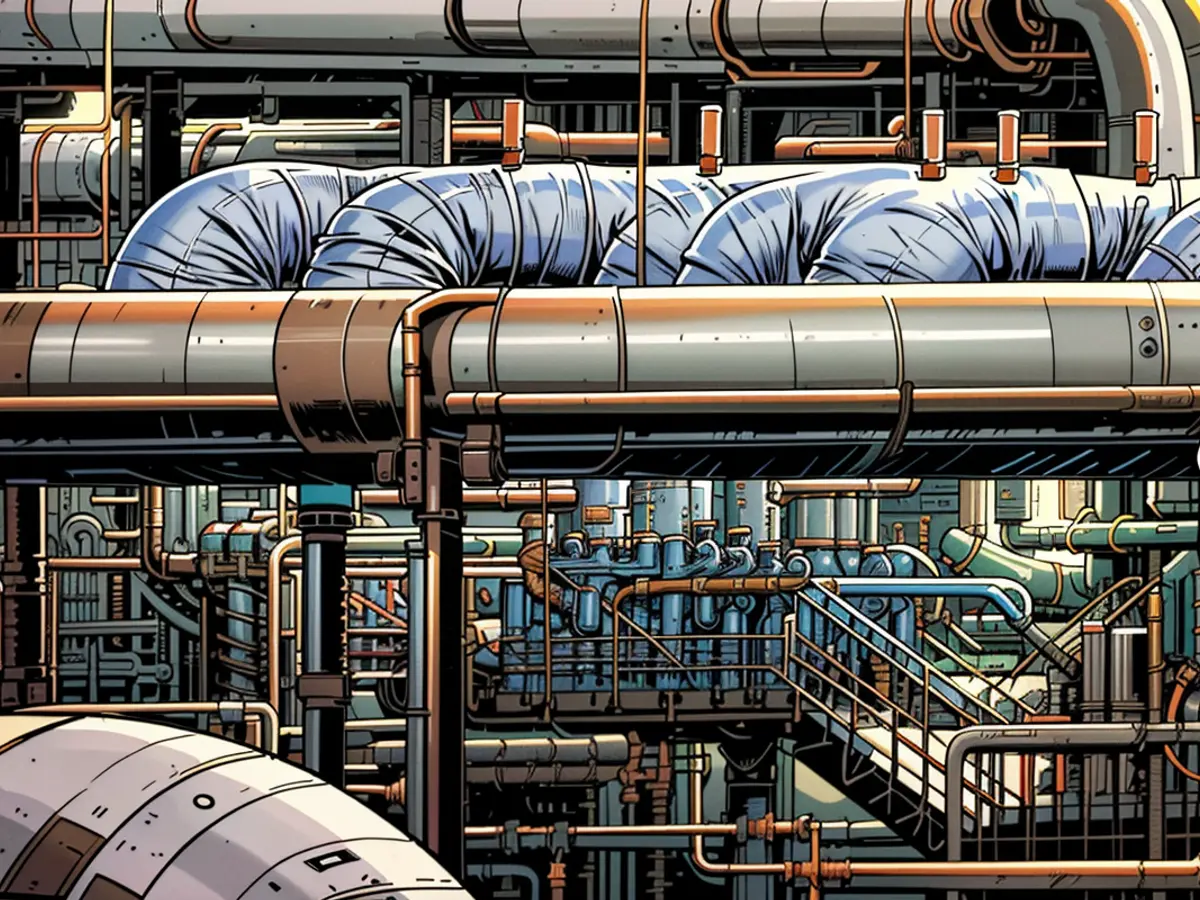Green hydrogen - Regas: Floating import terminal for hydrogen planned
The Norwegian company Høegh-LNG (Oslo) and German Regas aim to build the world's first floating import terminal for converting green ammonia into hydrogen in Lubmin, Mecklenburg-Vorpommern. The basic agreement for the realization of the "H2-Import-Terminal Lubmin" was signed on Friday, according to a spokesperson for German Regas. The terminal is expected to go into operation in early 2026 and inject 30,000 tons of hydrogen into the grid annually.
The technology, according to Høegh, was developed by them. German Regas will provide the onshore terminal infrastructure and oversee the overall coordination of the project, including the permitting and marketing of import capacities.
Green ammonia, according to the statements, will be delivered by tanker and converted into green hydrogen in a floating conversion plant (Cracker). The hydrogen will then be transported via one of the two existing pipelines from Lubmin, which lead southwards, to one of the existing German hydrogen backbone networks, as explained by the spokesperson.
The pipeline operator is Gascade, according to the Regas spokesperson. According to the press release on Gascade's website, the pipeline runs from Lubmin via Schwedt and Radeland in Brandenburg to Olbernhau in Saxony. A pipeline branches off from Radeland towards Southwest Germany. German Regas already operates the LNG terminal in Mukran on Rügen.
Pipeline route according to Gascade press release
- This project in Lubmin, Mecklenburg-Western Pomerania, involves collaboration between Norwegian company Høegh-LNG based in Oslo and German Regas.
- The agreement for the floating import terminal that converts green ammonia into hydrogen, named "H2-Import-Terminal Lubmin," was signed by German Regas, contributing their onshore terminal infrastructure and project coordination.
- Germany and Norway share goals to reduce climate impact, with this terminal in Lubmin expected to inject 30,000 tons of hydrogen annually, contributing to alternative energy sources.
- The hydrogen generated from this project in Lubmin, Mecklenburg-Vorpommeran, will be transported through existing pipelines toward German hydrogen backbone networks, including one through Radeland in Brandenburg, extending to Southwest Germany.








